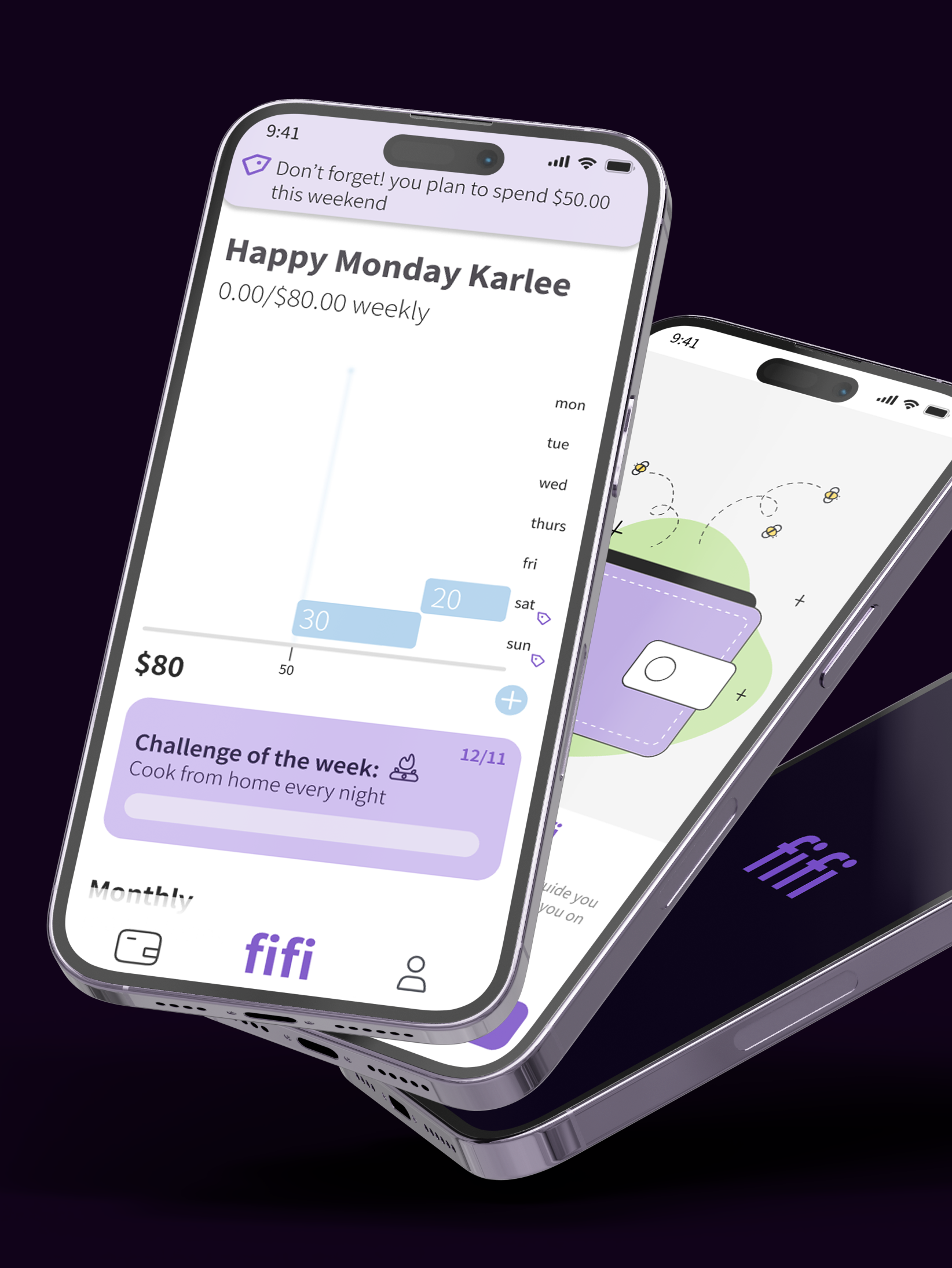There is not a safe and regulated outpatient option for people who have a history of drug abuse or struggle to remember when to take pills when necessary. We strive to solve this problem through a locking pill bottle and a trusted supporter system through pillease.
Most existing products at the moment are large bulky in home machines that dispense medication for the user. Our goal is to create a more convenient portable version of a regulated dispenser.
The goal of Pillease is to help regulate medication intake for those who struggle with remembering to take their medication. Pillease reminds patients with dementia to take their pills at the right time each day.
Pillease can also help those with substance abuse limit access to their pills and assure that they only take the required amount at the right times. Pillease allows a portable, convenient solution for patients to hold themselves accountable for medication intake.
Pillease will be an attachable cover delivered directly from the pharmacist to regulate the patient's intake from beginning to end.
Initial Storyboard
Initial Smart Pill Bottle Prototype
The first two prototypes shown above were created to explore internal mechanisms that could be used to dispense one pill at time while seeing what form the project could take. From sharing these we received many questions which helped to shape future iterations. There were concerns regarding how long users would be able to access medication if it was not immediately taken. What happens if somethings wrong with the pill that was dispensed, can the user access another? Could it be used for non-prescription medication? These questions amongst others lead us to the changes you will see below.
Final Smart Pill Bottle Prototype
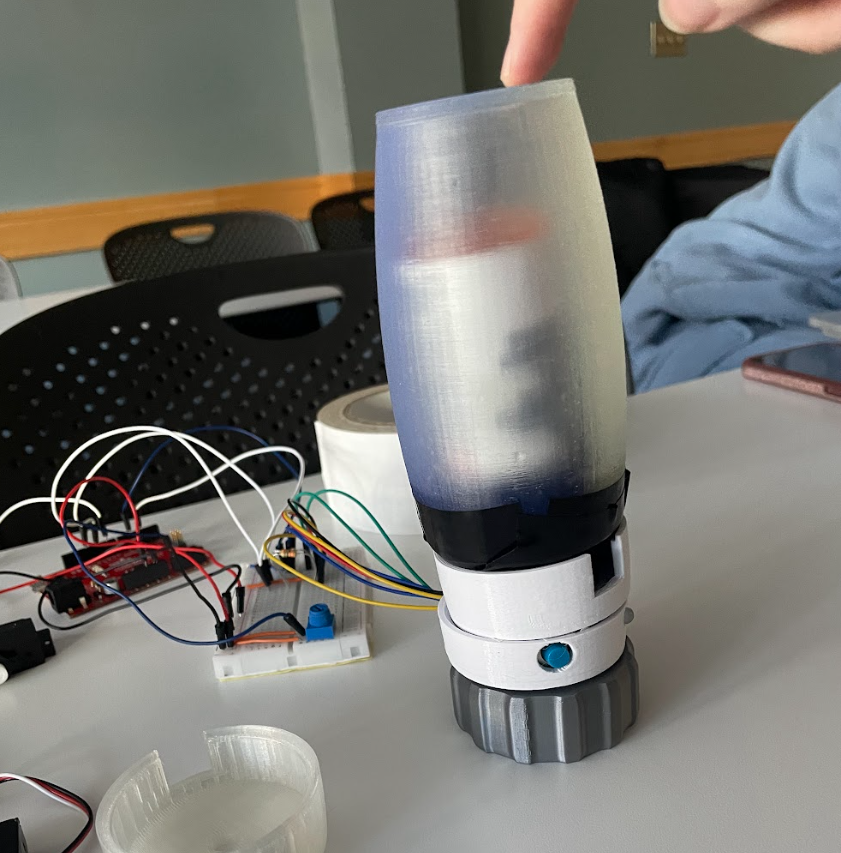
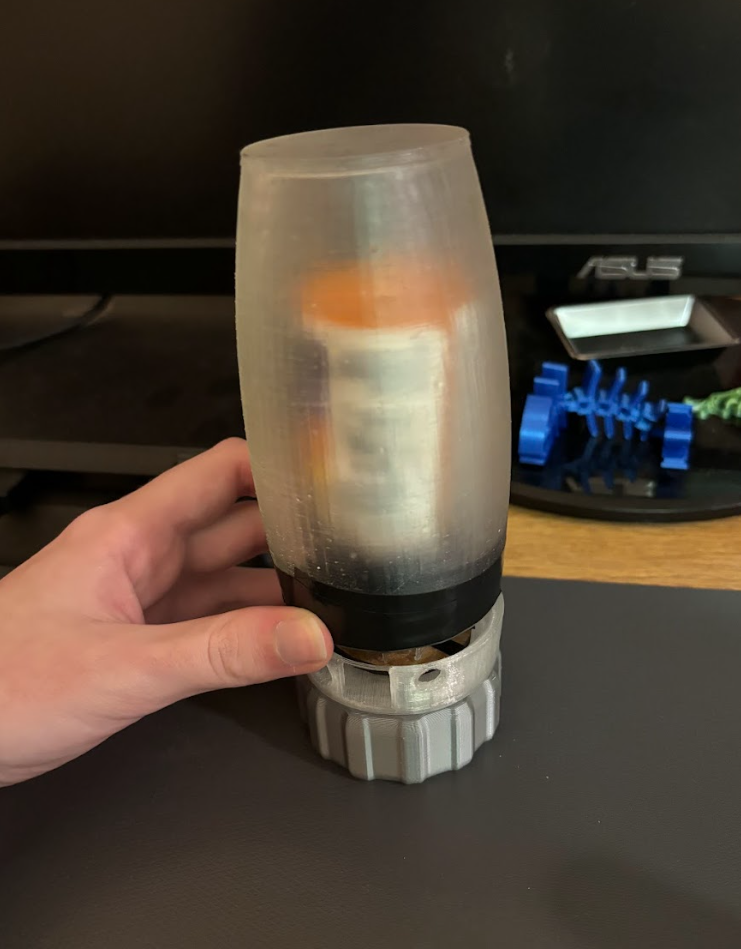
Initial feedback also helped to solidify the mechanism for dispensing. The initial prototype used a pin for locking and had a rotating lid for access to the medication. This helped to explain the idea to others but needed some work in terms of regulating pill access. From this initial concept we had recommendations of looking into current pharmaceutical technologies, investigating coin sorters, and gumball machines. The suggestion which impacted our work the most was the suggestion of looking into Arnica pill bottles. These bottles use a rotation motion to dispense the medication and lead us towards the ratchet mechanism we now have.
If we had more time to continue working on this project, we have a couple things in mind that we would implement. We would spend time minimizing component size, invest in a smaller motor so that we can attach the door, and attempt to make the component shorter overall. This would be done by minimizing the height on each component so that the mechanical component, the pill bottle, and the wiring would all fit just perfectly.
Initial Apple Watch + App Prototype
As mechanical exploration continued the product and application branding was developed. From feedback it was important that the product did not feel too clinical but was easy to understand. This lead to a welcoming color palette and easy-to-read/uncomplicated text choices.


Final pillease Smart Watch Prototype
Final pillease App Prototype
As the app developed, we received some feedback about adding visual cues for what pills were scheduled. Additionally, we received feedback about text sizes. It was important to ensure that notifications and important information were easily readable without overwhelming the screen.
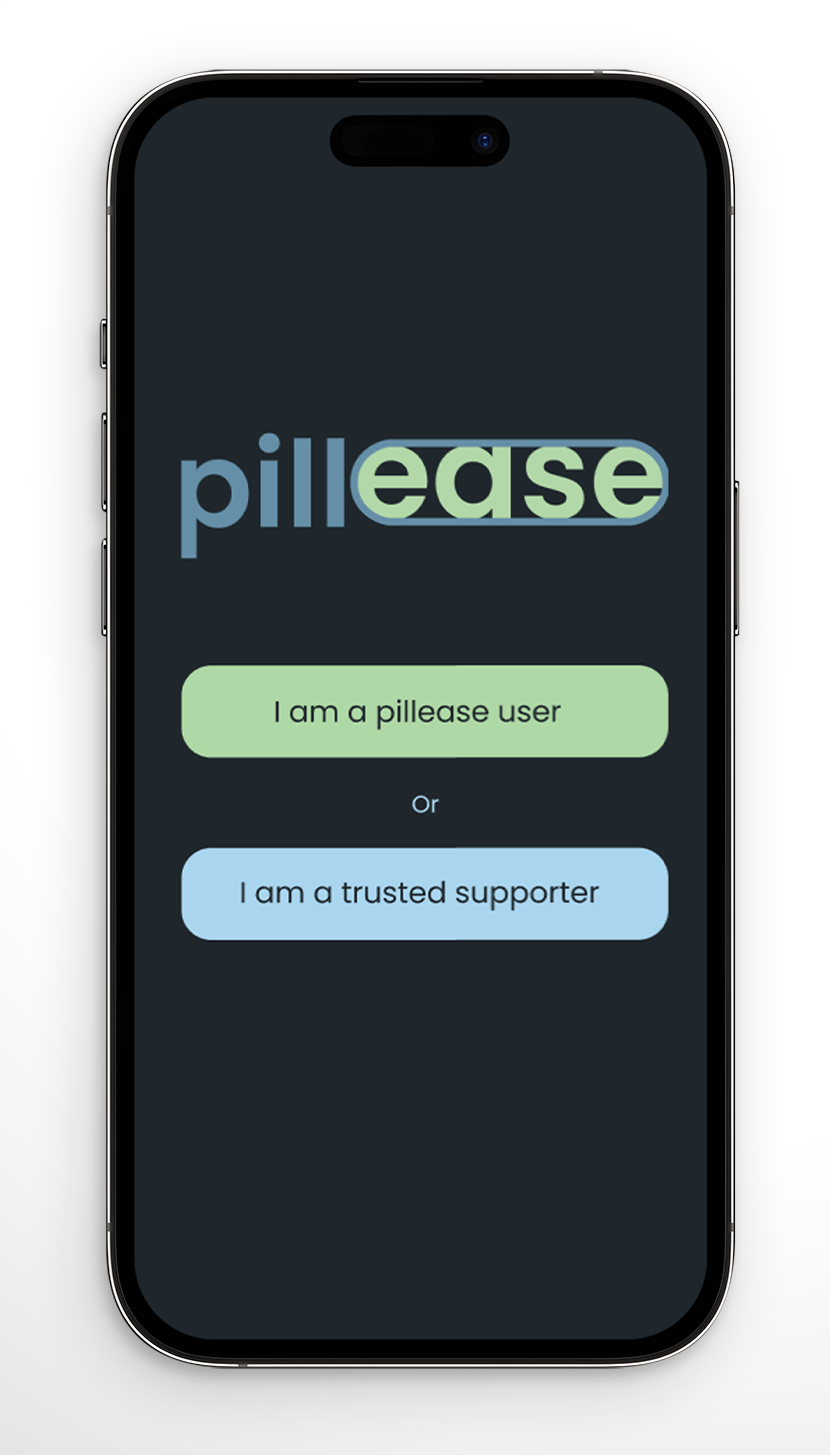
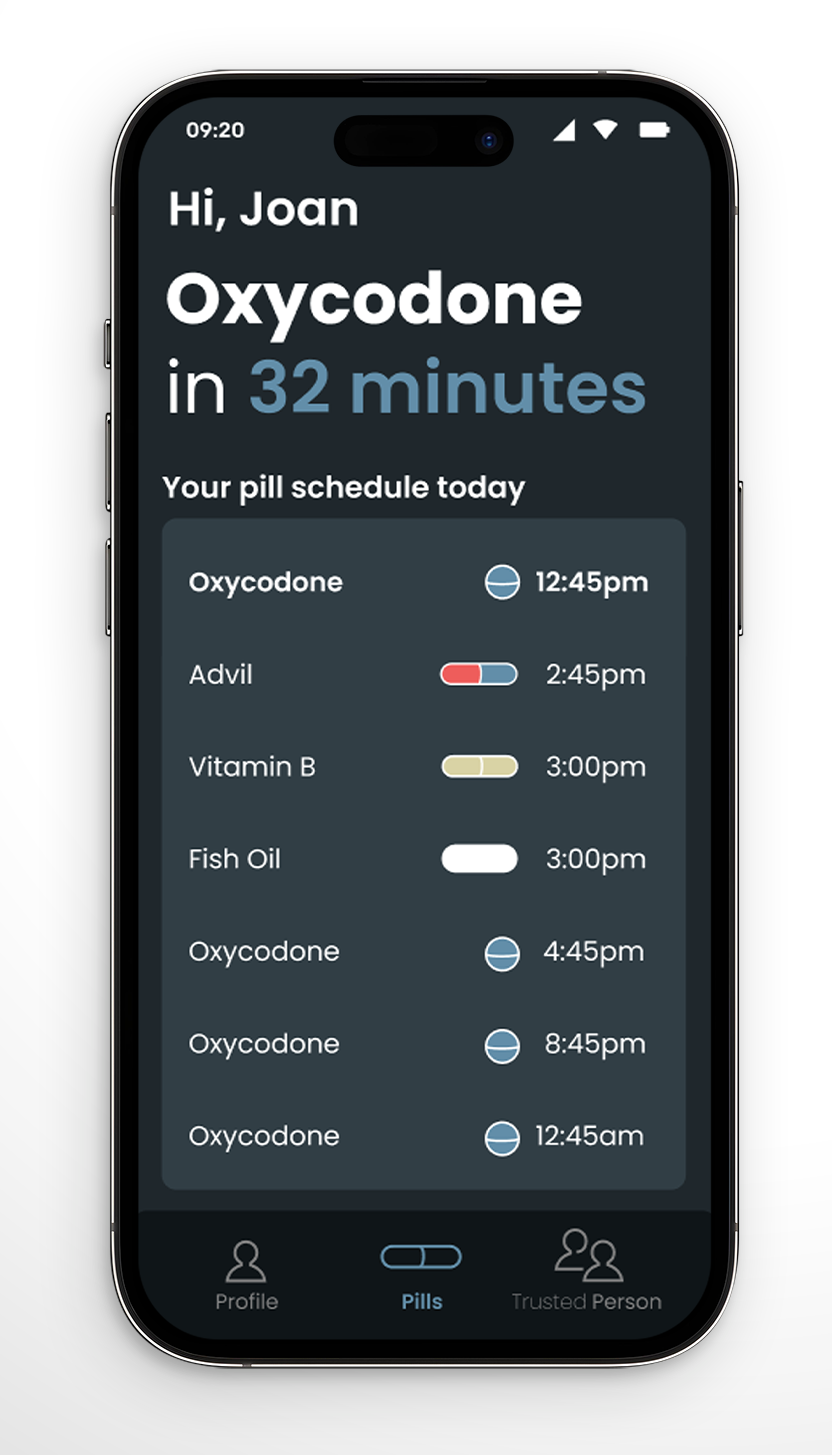

This project taught us a lot of niche details about the pharmaceutical industry and things to consider when designing things that regard medication. On a larger scale, it taught us the importance of research when designing for a target audience. There are always experts regarding certain design audiences, and making sure you fully understand the situation and things to watch out for is extremely important.
We would also further develop the app to make it functional and connect with the actual pill bottle and code. In terms of the code, we would adjust it so that it is based on the actual computer time as opposed to a potentiometer. For the sake of prototyping, it was easier to utilize a potentiometer so that we can adjust the time on command. We would invest in some more finalized material to make a clearer finish for the top cover. The resin printing is good in terms of our material and sturdiness but we need to find a way to make it more translucent. With the safety lock, it would be ideal if we could add a device to sense when the device is being tampered with. We would also like to add a sensor that can detect how many pills are coming out and regulate the device in case of any mechanical failure as well as automatically close the door once a pill is released.


